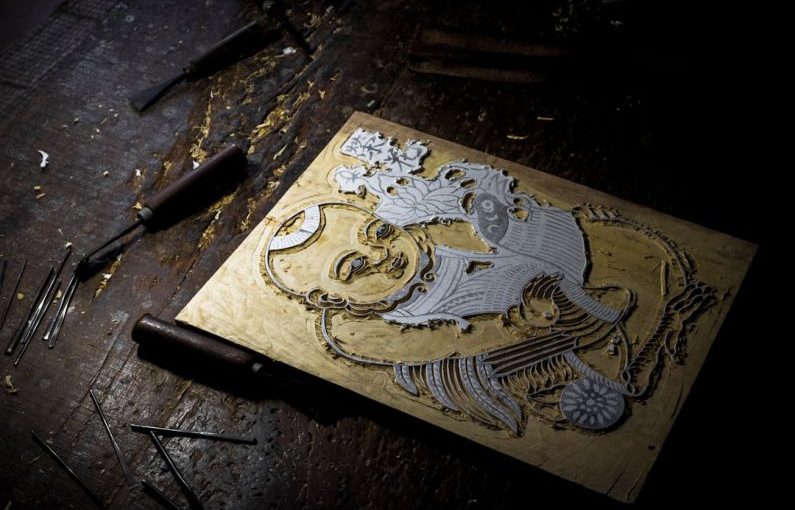Craftsmanship at its Finest: The Intricacies of Chip Carving Explained
Chip carving is a traditional wood carving technique that involves the removal of small chips of wood from a flat surface to create intricate designs. This ancient art form has been practiced for centuries by cultures around the world, each adding their unique flair to the craft. From delicate geometric patterns to elaborate motifs, chip carving requires precision, patience, and a keen eye for detail. Let’s delve into the captivating world of chip carving and unravel its intricacies.
The Origins of Chip Carving
Chip carving has a rich history that dates back to ancient times, with evidence of this technique found in various cultures such as the Egyptians, Celts, and Native Americans. The art of chip carving gained widespread popularity in Europe during the Middle Ages, where it was used to embellish furniture, musical instruments, and religious artifacts. The intricate designs created through chip carving were not only decorative but also symbolic, often representing cultural motifs, religious symbols, or personal emblems.
Tools of the Trade
One of the defining features of chip carving is the minimalistic tool kit required to practice this art form. The primary tools used in chip carving are a sharp knife, usually with a straight blade, and a wooden or rubber mallet. The knife is used to make precise cuts and remove small chips of wood, while the mallet helps to provide the necessary force for cutting through the wood fibers. Additionally, a compass or protractor may be used to create geometric patterns, adding a level of precision to the design.
Understanding Grain Direction
Grain direction plays a crucial role in chip carving, as it determines the ease of cutting and the overall appearance of the design. When carving with the grain, the knife cuts smoothly through the wood fibers, creating clean and crisp lines. In contrast, carving against the grain requires more effort and may result in splintering or tearing of the wood. As such, chip carvers must pay close attention to the grain direction and adjust their cutting technique accordingly to achieve the desired outcome.
Design Principles in Chip Carving
Chip carving follows a set of design principles that help guide the creation of intricate patterns and motifs. One of the fundamental principles in chip carving is the use of negative space, where the background is as important as the carved elements. By strategically removing chips of wood, the carver creates contrast and depth within the design, enhancing its visual impact. Symmetry, balance, and repetition are also key design elements in chip carving, helping to create harmonious and visually appealing compositions.
The Art of Patience and Precision
Chip carving is a labor-intensive art form that requires patience, precision, and a steady hand. Each cut must be carefully planned and executed, as there is little room for error in this delicate process. The carver must have a keen eye for detail and a steady grip on the knife to create clean and precise cuts. While the repetitive nature of chip carving may seem monotonous to some, for the dedicated practitioner, it is a meditative and rewarding experience that yields beautiful results.
Mastering the Craft
Mastering the art of chip carving takes time, practice, and dedication. Beginners are encouraged to start with simple designs and gradually progress to more complex patterns as their skills improve. Learning from experienced chip carvers, studying traditional patterns, and experimenting with different techniques are all essential steps in honing one’s craft. Like any art form, chip carving is a continuous learning process, with each project presenting new challenges and opportunities for growth.
In Conclusion: A Timeless Craft
Chip carving is a timeless craft that continues to captivate artisans and enthusiasts alike with its intricate designs and rich cultural heritage. From its ancient origins to its modern-day adaptations, chip carving remains a cherished art form that celebrates craftsmanship, creativity, and attention to detail. Whether you are a seasoned carver or a novice looking to explore a new hobby, the art of chip carving offers a rewarding and fulfilling creative outlet that is sure to inspire and delight.





